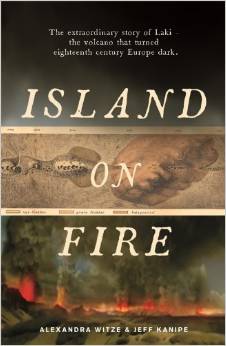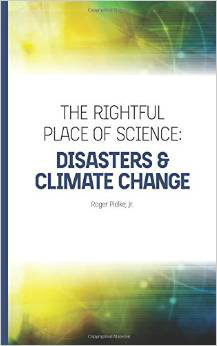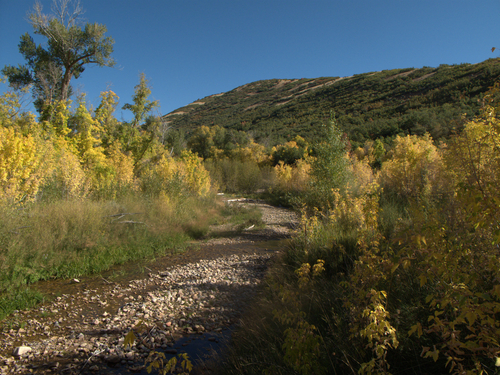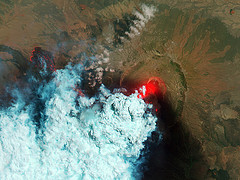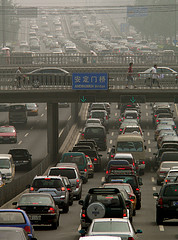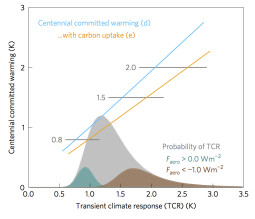
Much of current climate science research focuses on understanding how the climate is changing and what type of climate we will have in the near future. But to understand where the climate is going, we need to understand where the climate has been. It is especially important to understand how the climate has responded to the rise of the modern, industrial world, which has emitted greenhouse gases that warm the climate. Because many of these gases will last for a long time in the atmosphere, some of this warming has already been set in motion and will happen regardless of future greenhouse gas emissions. This change is known as “committed warming”.
Determining how much committed warming has occurred in the climate is important to understand the future path of our climate. How on Earth speaks with Dr. Robert Pincus, a co-author of a new study published in Nature Climate Change that provides an estimate of committed warming using a global database of surface temperatures. Dr. Pincus is a Research Scientist at the Earth System Research Laboratory at the National Oceanic and Atmospheric Administration.
Hosts: Alejandro Soto
Engineer: Alejandro Soto, Shelley Schlender
Producer: Shelley Schlender
Additional Contributions: Beth Bennett, Joel Parker
Executive Producer: Alejandro Soto
Listen to the show:
Podcast: Play in new window | Download (Duration: 27:12 — 24.9MB)
Subscribe: RSS

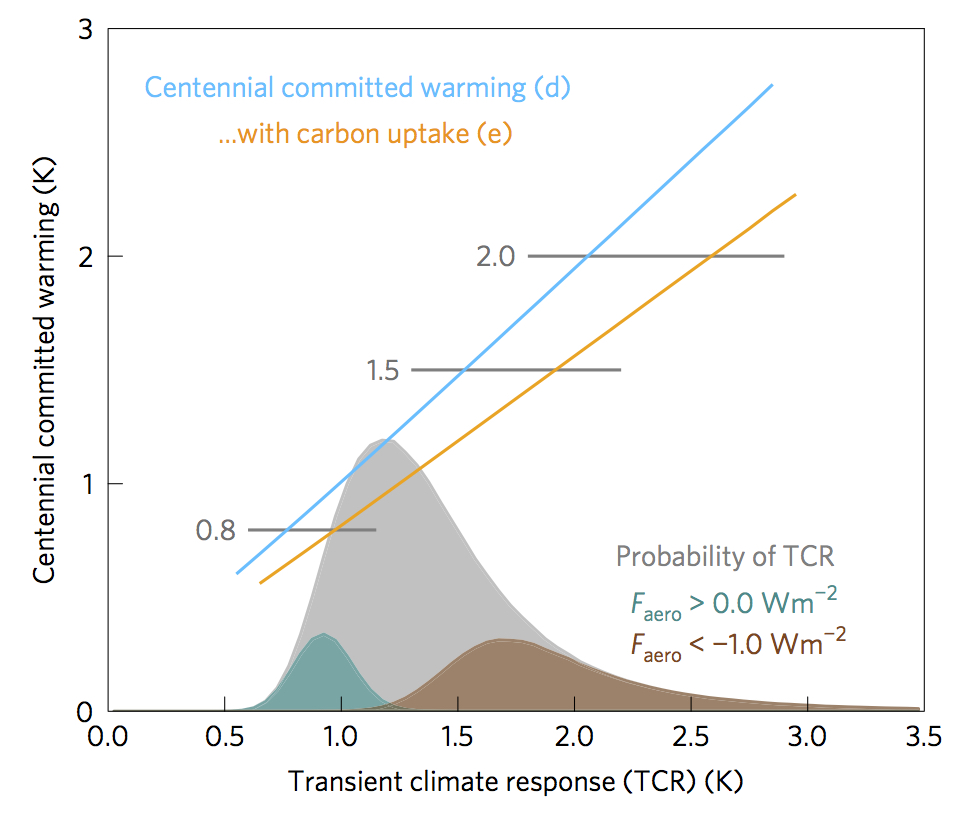



 With graduation season is upon us, or in many cases in the rearview mirror, today’s edition of How on Earth is the first of a two-part “Graduation Special”. Our guests in the studio today are scientists who recently graduated with – or soon will receive – their Ph.D. They talk about their thesis research, their grad school experiences, and what they have planned next.
With graduation season is upon us, or in many cases in the rearview mirror, today’s edition of How on Earth is the first of a two-part “Graduation Special”. Our guests in the studio today are scientists who recently graduated with – or soon will receive – their Ph.D. They talk about their thesis research, their grad school experiences, and what they have planned next. Morgan Rehnberg – CU Boulder,
Morgan Rehnberg – CU Boulder,  David Horvath – Colorado School of Mines,
David Horvath – Colorado School of Mines,  Joseph Lee – CU Boulder,
Joseph Lee – CU Boulder, 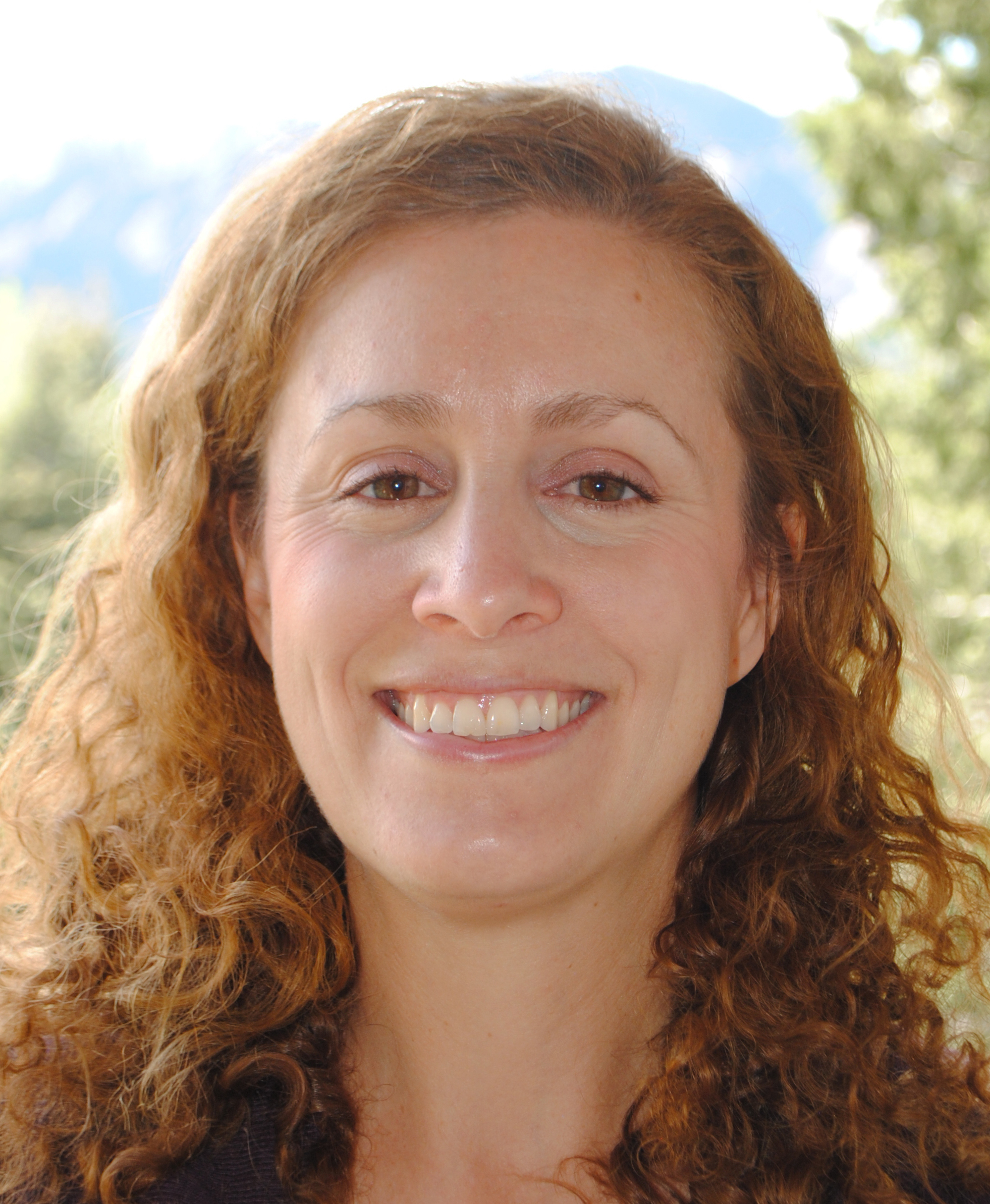 Carleigh Samson –
Carleigh Samson – 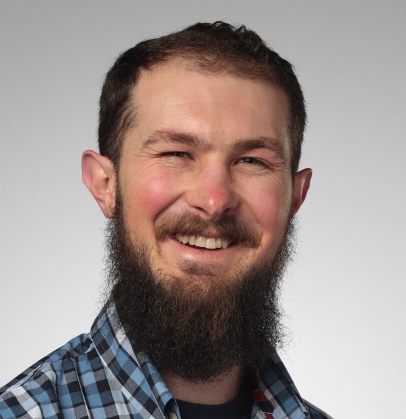
 Greg Thompson –
Greg Thompson – 